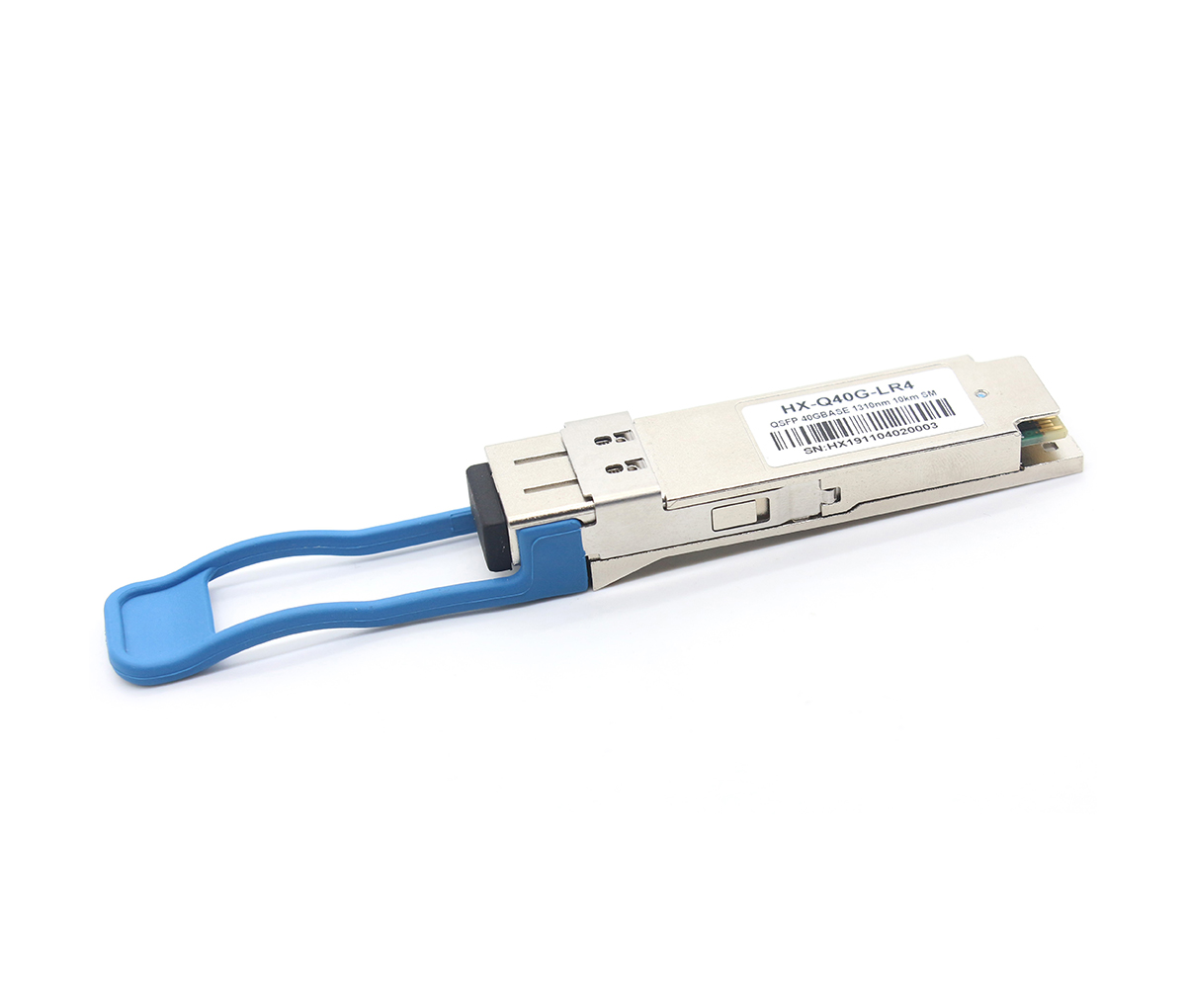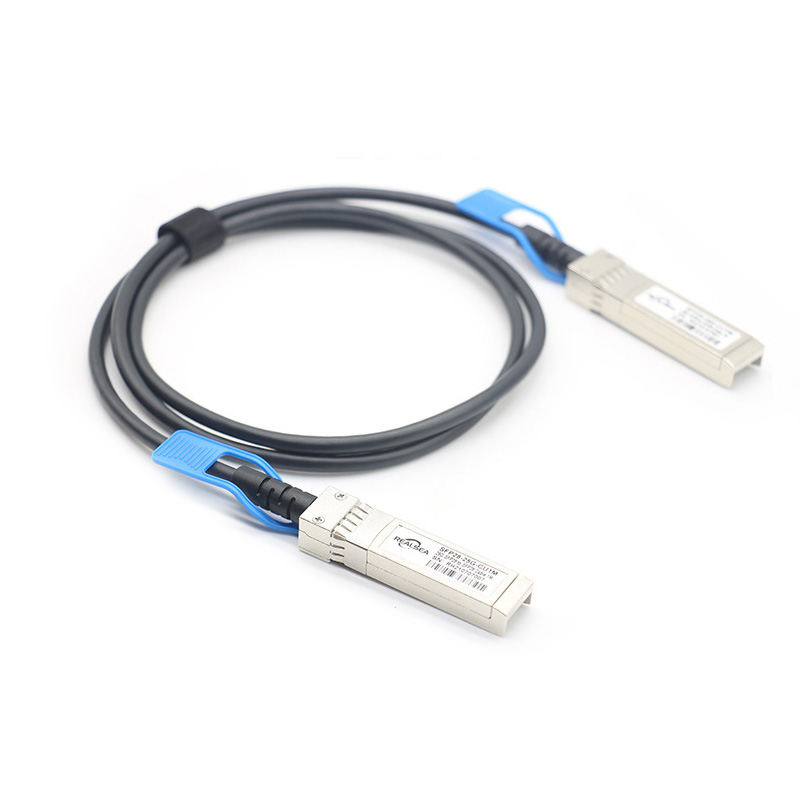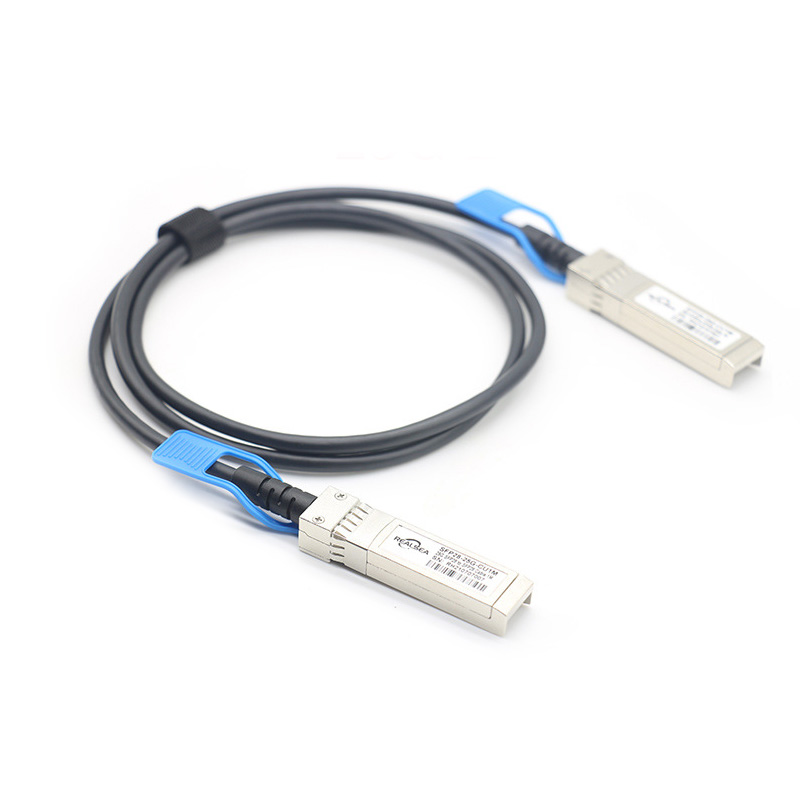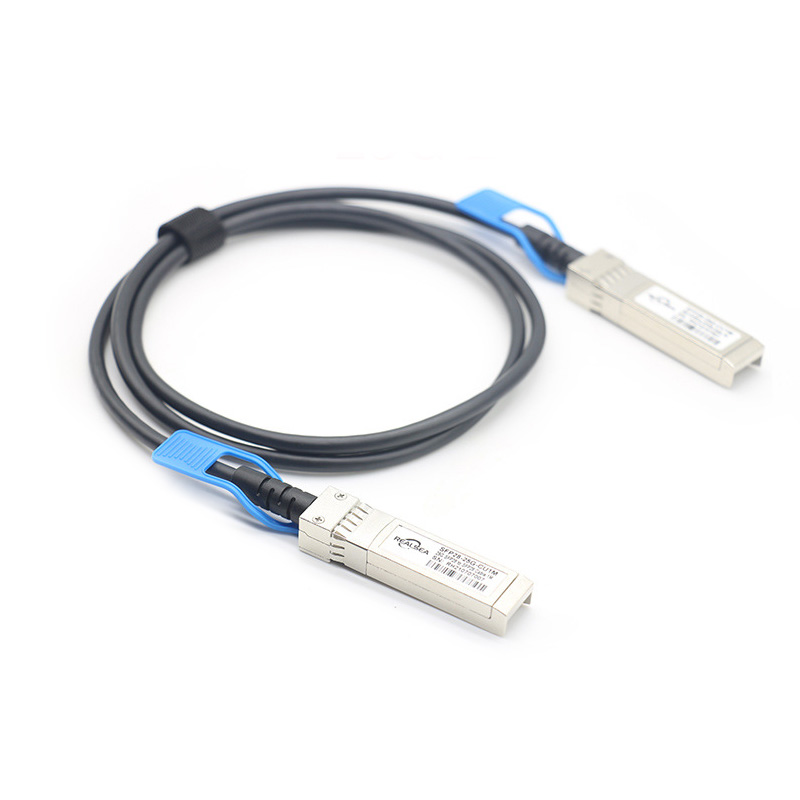Release Date: Sep 16,2022

With the explosive growth of data traffic, the construction standards of data centers are constantly improving. Obviously, ordinary switches can no longer meet the needs of data centers. Data center switches have high capacity, large cache, virtualization, Layer 2 TRILL and other technical aspects. features to meet the needs. What key parameters should a data center switch have?
Wire-speed port forwarding: In current data center switches, wire-speed port forwarding is the most basic requirement, and the new backplane technology can also meet it. For the data center switch is an important part of the data center, and it is an indispensable device for realizing the exchange of information between the data center and the outside world. The data center has developed to the fourth generation from its appearance to the present, and the switches of the data center are also constantly improving. Although there are many new features in the data center field, such as: FCoE, TRILL, EVI, XVLAN, SPB, etc., the standards that really determine the performance and quality of switches are still those basic parameters. The basic function of a switch is switching, so switching performance is still the most critical parameter of a switch. In addition to switching performance requirements, there are other technical parameters for data center switches. Let's talk about the key parameters of data center switches for reference when purchasing, using, and expanding data center networks.
Data centers are also divided into box switches and rack switches. A box switch is a switch with a fixed number of ports and sometimes a small number of expansion slots. A rack-mounted switch is a slot-type switch, which has better scalability, can support different network types, and can support a network with greater port density. Generally, box switches are used in the access layer of data centers. Some box switches only have Layer 2 functions, and some support Layer 3 functions. Basically, they are mainly Layer 2 switches. Rack switches are used for aggregation and core egress in the data center. Compared with box switches, rack switches have three-layer functions and need to pay attention to more key parameters.
The reason why this kind of network device is called a switch is that it has a powerful switching function. Then the parameters to measure the switching performance of a switch mainly include backplane bandwidth, port density and switching capacity.
The backplane bandwidth is the maximum amount of data that can be handled between the switch interface processor and the data bus. The higher the backplane bandwidth, the stronger the data processing capability. The backplane bandwidth is the technical parameter of the rack switch. Switches generally do not have the concept of backplane bandwidth. Generally, the backplane bandwidth ranges from several Gbps to several hundreds of Gbps, and the backplane bandwidth is not as high as possible. As long as the port line-speed forwarding is satisfied, the design is too high, which will result in a waste of cost. The early backplane technology is not high enough to meet the backplanes that cannot reach full line speed. The calculation of the backplane bandwidth is related to the internal implementation, such as how many slots and how much bandwidth can be provided for each slot. out the backplane bandwidth. For switches that can forward at wire speed, the calculation method of the bandwidth of the backplane is very simple: the number of ports * the corresponding port rate * 2 (full-duplex mode). Of course, the backplane can also be designed in redundant mode, and more backplanes can be provided. In this way, there are multiple backplane channels for forwarding between slots. Once some problems occur, services will be automatically switched to achieve the purpose of redundant backup. Now the high-end switch backplane bandwidth in the data center is already T-level.
Port density is a key parameter of a data center switch, representing the forwarding capability of the switch. For example, a box-type switch can provide 48 10G ports, a rack-type switch can provide 24-port 40G cards, a rack-type switch can provide 18 slots, and so on. The greater the port density, the stronger the forwarding capability of the device, and the higher the port rate, the stronger the processing performance of the device. With the popularization of 40G/100G ports, data center switches can already provide: 8-port 100G boards, 24-port 40G boards, these single-slot switches can be close to 1T rack-mounted switches. In the future, with the improvement of optical module technology and the smaller and smaller optical modules, the density of 100G ports that can be provided by a single slot will be higher. Now, rack switches that provide 48 10G ports per slot have become popular. Due to the limitation of the size of the data center cabinet, the width of the rack-mounted switch cannot be expanded, so the current capacity of 48 10 Gigabit ports has reached the limit. In addition, the more module types that can be supported, the stronger the practicability of the device, which can be applied to different network environments, such as: LAN interface, WAN interface, ATM interface. The richer the port bandwidth types, the better. It supports 40G and 100G high-speed ports, as well as 100M and Gigabit low-speed ports. It supports XFP and SFP, SFP+, CFP and other optical interface types. These are all important considerations for switches.
The switches in the data center are basically switches based on Layer 2 and Layer 3 forwarding, so the capacity of Layer 2 and Layer 3 forwarding entries basically represents the number of users that the device can carry. The current switch can basically achieve: 32K Layer 2 MAC address entries, which means that this switch can carry up to more than 30,000 Layer 2 user addresses and 16K Layer 3 routing entries. This means that the switch can learn more than 10,000 routes at most. The size of the current switch is getting bigger and bigger, and the MAC address and IP routing can basically exceed 128K, or even reach 1M, which allows the data center to expand and use arbitrarily without worrying about the capabilities of network equipment. Another specification is also very important for switches, that is, ACL, or access control list. ACLs can be used to flexibly deploy services, limit network attacks, and allow switches to work more flexibly. Generally, the ACL specifications of switches using commercial chips are not high (below 10K), and there are many restrictions on their use. Like Cisco using its own chips, it can say that the ACL specification is very large, and can provide 100K ACL specifications.
The management function of the data center switch refers to how the switch controls user access to the switch, and how well users can control the switch. The management capability of the switch is reflected in the CPU and Memory parameters. The general switch is based on cost considerations, and will not use a CPU with too fast processing speed. The CPU of the switch mainly completes the management, monitoring and three-layer table entry learning of the device. The real data forwarding is not completed by the CPU, so there is no need to run too fast. high CPU. As the CPU cost is getting lower and lower, the CPU of the switch is also developing in a higher and higher direction. At present, the main frequency of the CPU of the general middle and high-end switches is above 1000MHz. The same is true for memory, from 64M to 256M, 1G, etc., which are getting bigger and bigger, and even 5G large-memory switches have appeared. These performance parameters are also an important reflection of the performance of a switch.
Since it is a data center switch, it must have some characteristics of the data center itself. In recent years, new technologies for data centers have emerged one after another. Technologies such as virtualization, XVLAN, TRILL, SDN, EVI, SPB, and FCOE are all data center-specific technologies. For example, the virtualization technology of one virtual and multiple virtual one, some box switches can even provide 10 devices to be virtualized into one device, and some rack switches can provide one device to virtualize more than 10 independent devices. Data center switches need to have the ability to deploy these new technologies in order to play a better role in the data center of the future.
The switches in the data center have many equipment parameters, and these parameters introduced in this article are the most important and critical parameters. These parameters can often represent the comprehensive capabilities of the equipment. To be carefully studied and the main concern. Each parameter affects the performance, functionality and different integration features of the switch.

25G SFP28 DAC is a 25GBASE-CR direct attach copper cable for data center environment. It provides a high speed, cost-effective alternatives to fiber optics in 25GbE Ethernet applications.

fiber pigtail is typically a fiber optic cable with one end factory pre-terminated fiber connector and the other exposed fiber.

This Article just briefly overviews 10G and 25G Ethernet (25Gb) technologies, focusing on the SFP+ transceiver and SFP28 transceiver.